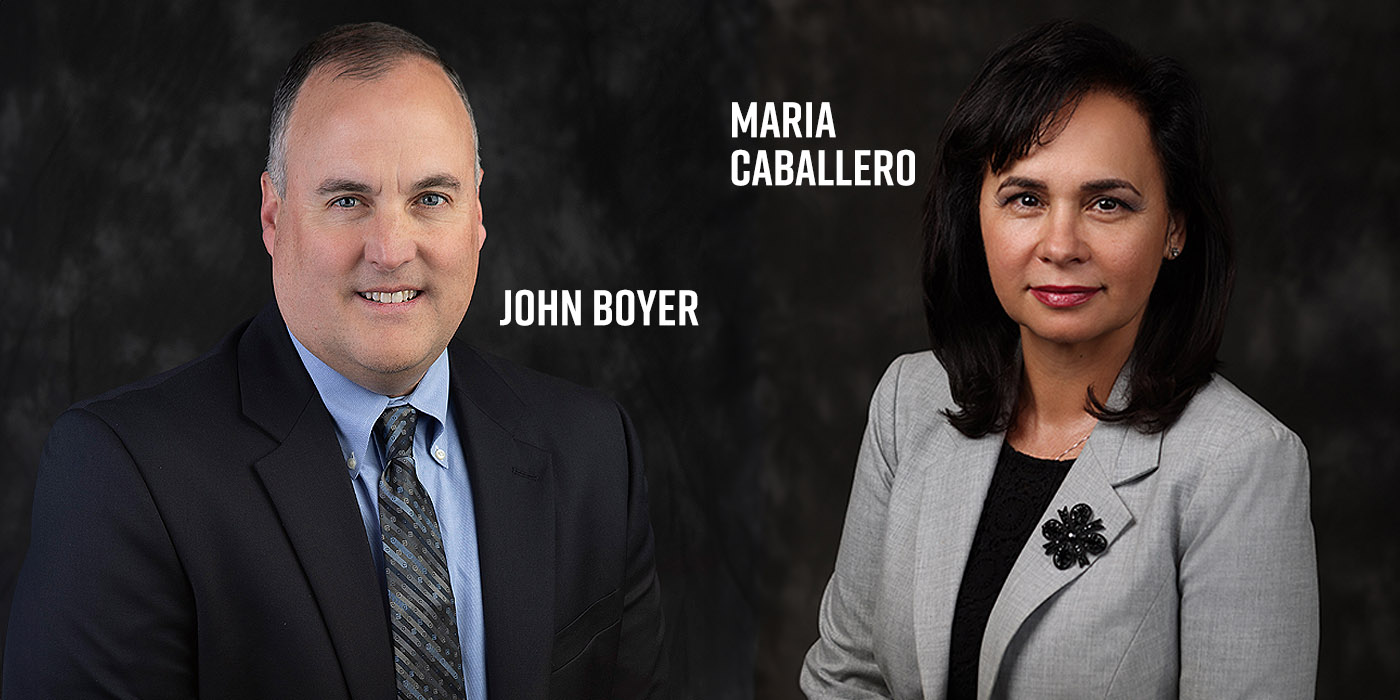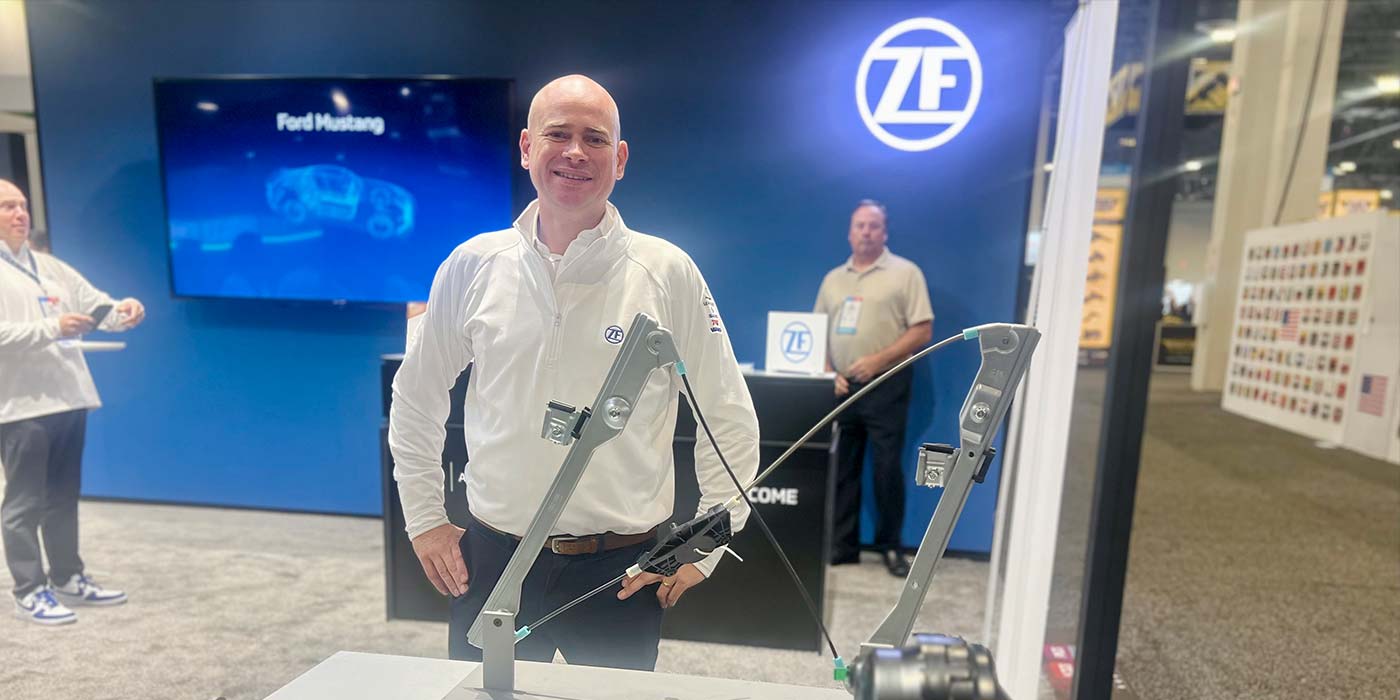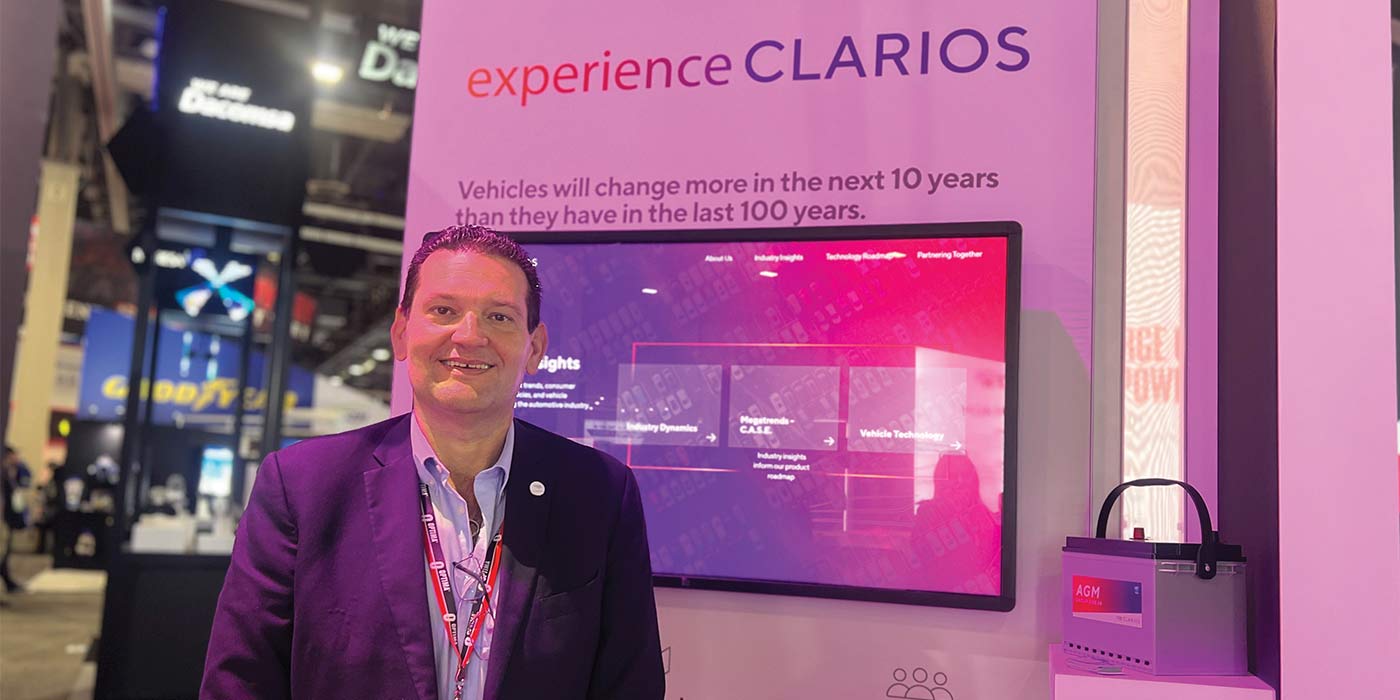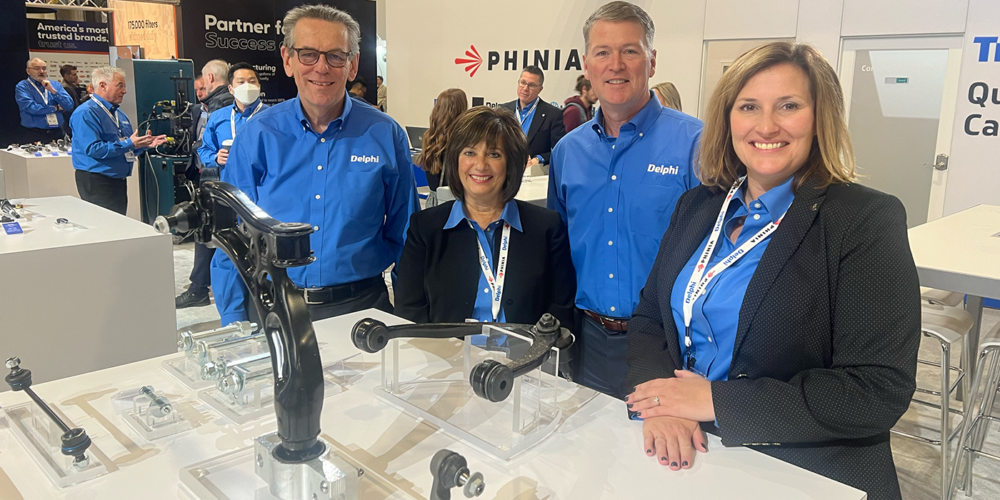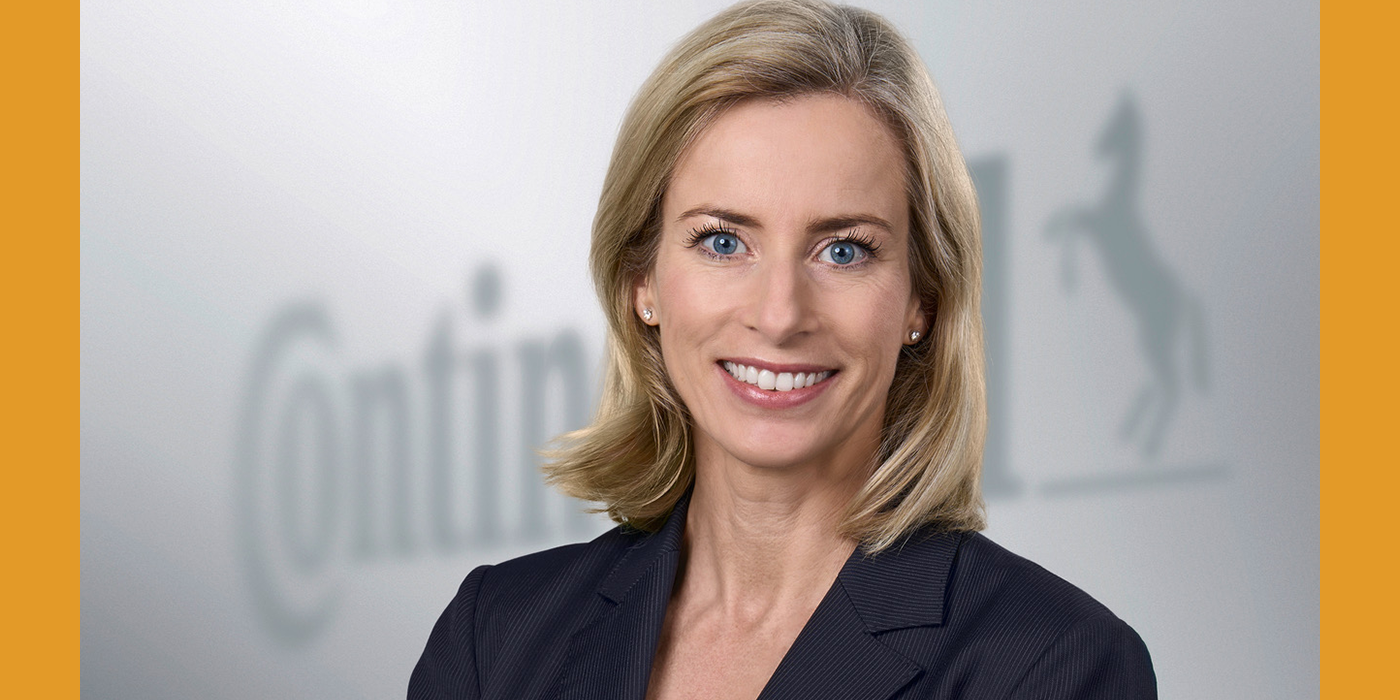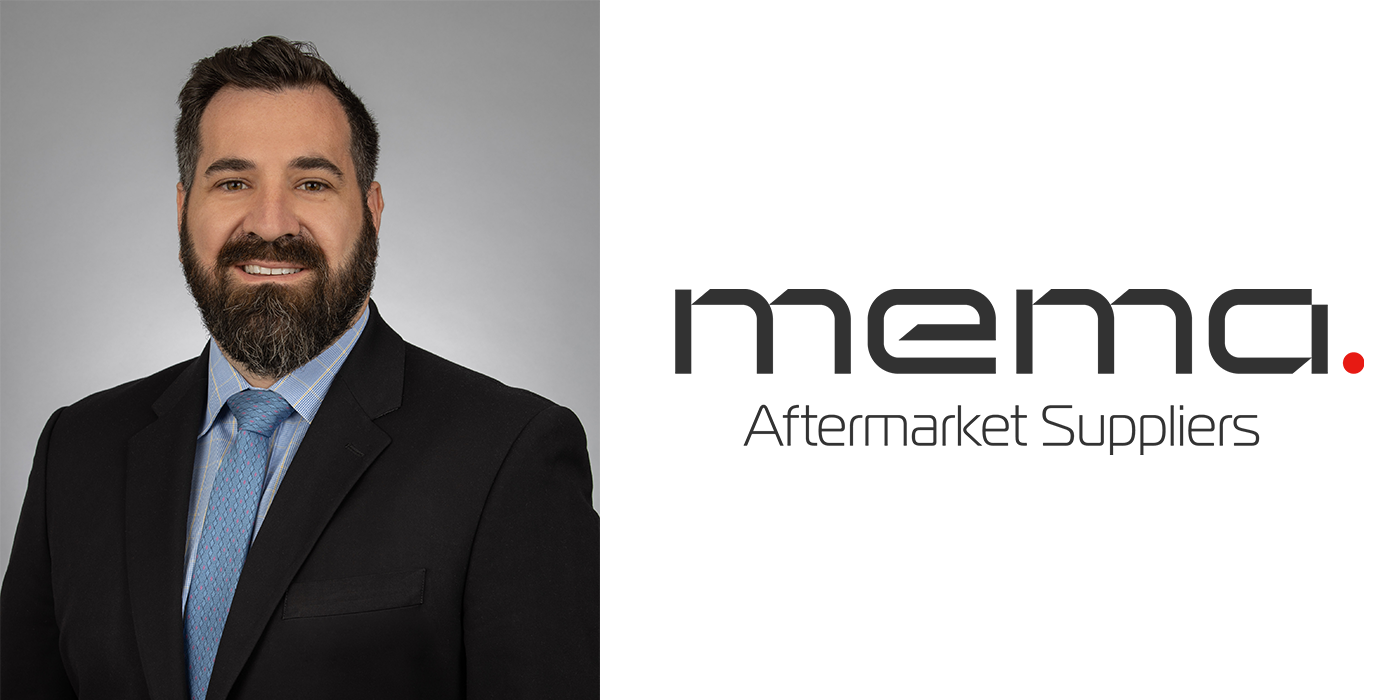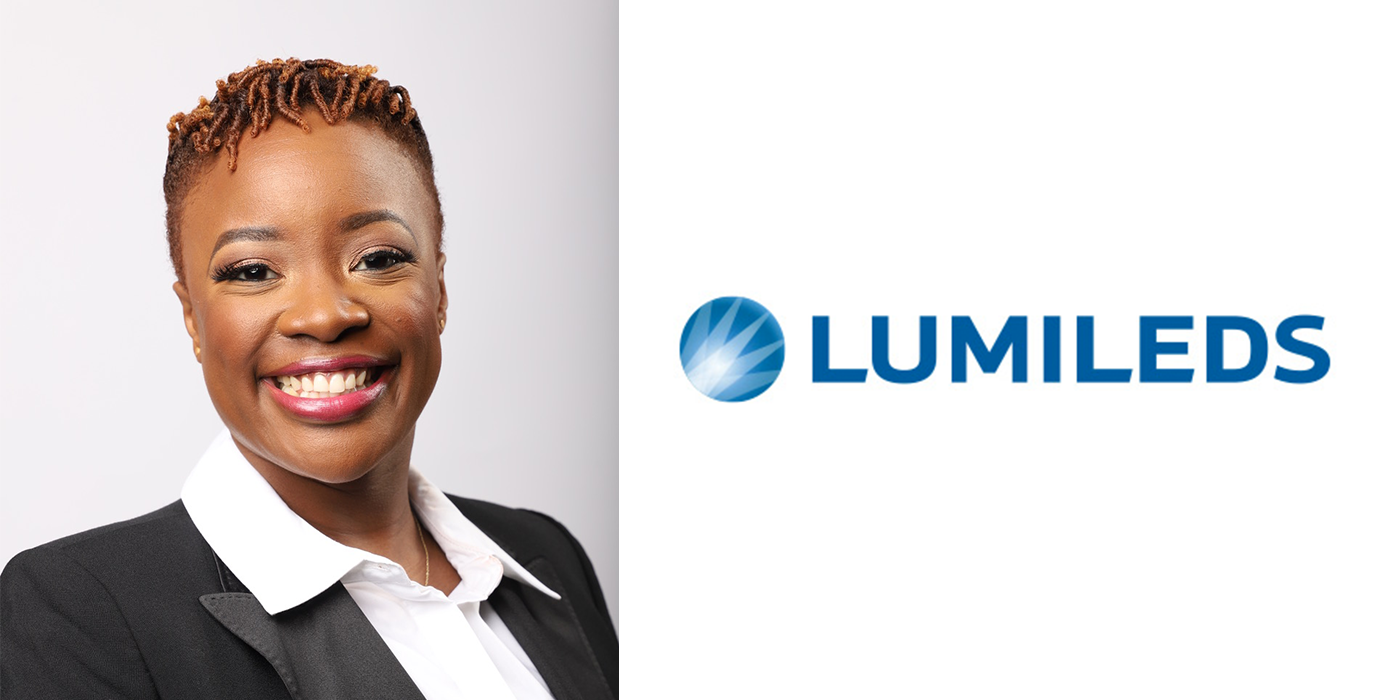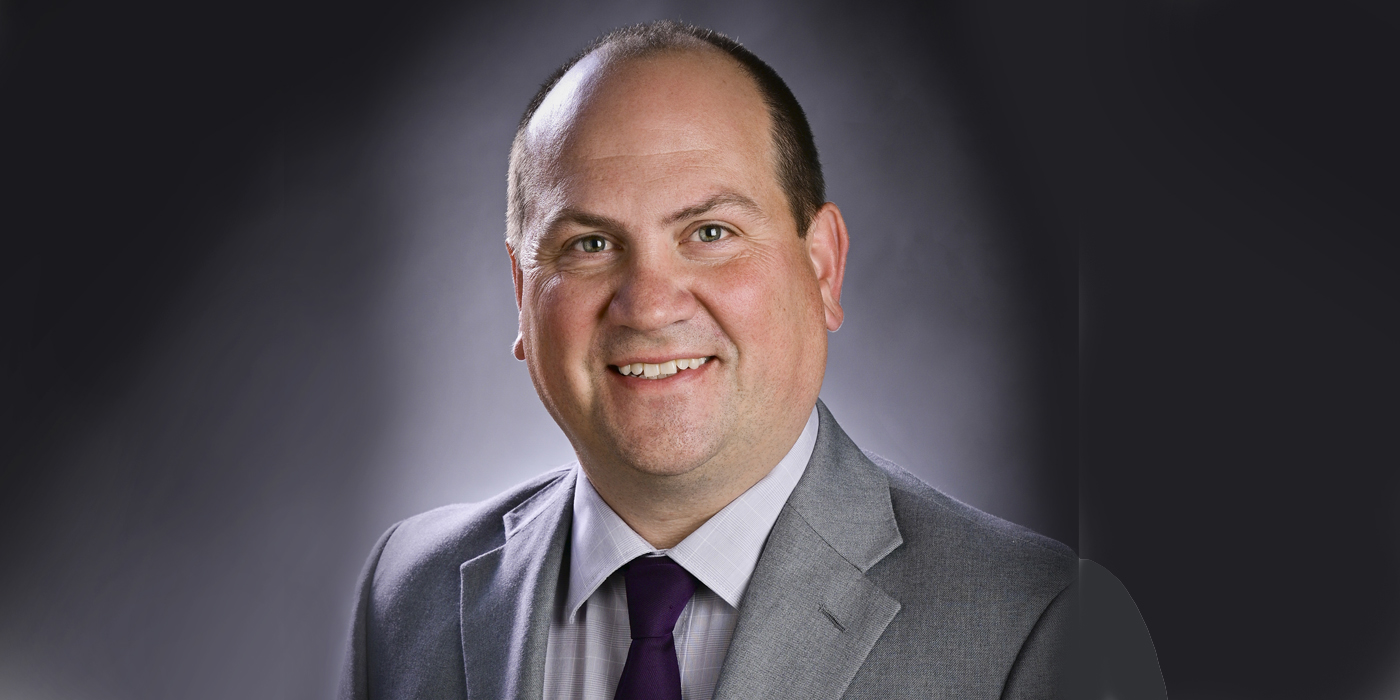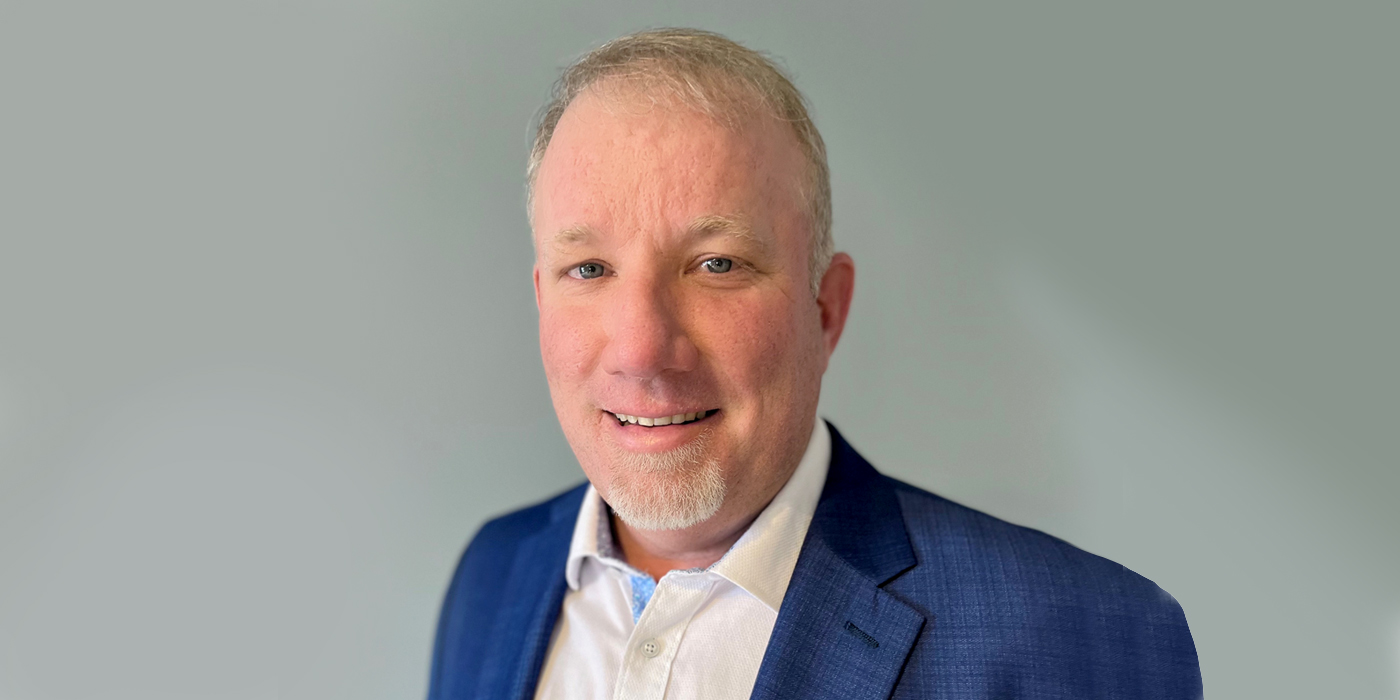
RESEARCH TRIANGLE PARK, NC — Every other week, aftermarketNews.com offers an interview with high-profile individuals in the automotive aftermarket. We give executives free rein to express their views on anything from the state of their corporations to recent legislative news to future trends in their niche markets. Here you see what matters to the newsmakers themselves.
Our latest Executive Interview features Chris Gardner, director of the MEMA (Motor and Equipment Manufacturers Association) Information Services (MIS) Council. The MIS Council is a peer group of individuals from MEMA member companies who are responsible for their companies’ IS operations and serves as a forum for industry interaction, education and idea exchange.
In addition, Gardner serves as vice president of marketing for MEMA’s Management Information Systems Group (MISG), a commercial division that provides E-commerce, EDI and Internet solutions to the automotive aftermarket. Gardner oversees all marketing functions, including media relations, trade show support, special events and conferences, advertising and presentations. He also participates on several industry technology organizations, including the Aftermarket Council on Electronic Commerce (ACEC), the Aftermarket eForum Planning Committee and the MIS Council XML Committee.
Gardner has his finger on the pulse of the latest advancements in technology and how they can best be implemented in the aftermarket. Here, Gardner talks about MEMA’s efforts in the technology sector through the MIS Council and group initiatives.
Let’s start with some basic background about the MIS Council. When and why was the council created?
CG: MEMA’s original technology group was called the Electronic Data Processing Council and was formed in the early 70s. In fact, two years ago, we celebrated its 30th anniversary with a special conference held for current members and many past chairmen. The name was changed to MEMA Information Services Council during the 90s to reflect the expanded role of information technology (IT) professionals.
What services does it provide to members?
CG: The council provides education, networking opportunities, industry standards development and the recognition of best practices in our industry. We provide different ways for members to identify peers with similar applications and issues, dialogue with the peers and exchange potential ideas for overcoming challenges.
How is the MIS Council organized as far as membership or boards?
CG: Members must be IT or e-commerce professionals of aftermarket manufacturers or suppliers that are MEMA members first. Our board of governors guides the direction of the organization, the development of the annual conference format and the liaison with MEMA.
How has the environment changed for IT professionals in the aftermarket? What new challenges do IT professionals face?
CG: Traditionally, IT managers focused on software applications and their implementation, programming, PC support and network support. Today, they have to understand and manage wireless networks, Voice over IP (VoIP), customer Extranets, e-commerce transactions with customers and suppliers, bar coding and RFID, HIPPA and many other issues. Some of our members are beginning to face the challenges of the Sarbanes-Oxley act, which will require a much more careful approach to managing and securing data. Therefore, the challenge is managing the continuous flux of new technologies and government regulations and their influence on business strategies.
Conversely, what advancements or successes do you think we have seen in IT for the aftermarket?
CG: There are several:
* Withstanding the onslaught of the myriad dot-com applications;
* IT professionals are much more in tune with and supportive of corporate business objectives than ever before;
* Managing business and systems during the Y2K exercise; and
* The increase in the industry’s recognition of information services or information technology as critical to business success and as part of strategic planning
RFID (Radio Frequency Identification), while it has been used in different industries for years, is beginning to have very viable uses for the aftermarket. What do you see for the future of RFID in this industry?
CG: Nobody can predict the adoption rate of RFID, but based on other industries and the aftermarket’s experience with bar coding, I think our industry will slowly implement RFID. We may not see wide-spread adoption for supply chain applications for several more years.
When I say supply chain applications, I am referring to the use of EPC (Electronic Product Code) and RFID tags to track items as they move down the supply chain from manufacturers to distributors to jobbers/retailers. I think there are other applications that will generate a faster ROI. These include managing/tracking raw materials and products throughout a facility or property, tracking tools for production and maintenance and monitoring the flow of reusable items like containers.
Why did you and the MIS Council publish the RFID white paper?
CG: There are a lot of misconceptions about this technology and its implications. We wanted to educate our members and the entire aftermarket industry to the real challenges and potential benefits to RFID, and we wanted our members to begin planning for this technology well in advance of programs that might be forced on them or as a competitive advantage if the opportunity presents itself.
Tell us about ACEC, the Aftermarket Council on Electronic Commerce.
CG: The ACEC is around seven years old and is a volunteer organization composed of representatives from aftermarket associations. Its purpose is to monitor e-commerce initiatives and certify standards throughout the industry to prevent redundant or overlapping efforts. MEMA is a founding and active member.
In 2001, the MIS Council launched the Aftermarket Web Challenge, which MEMA claims is the industry’s oldest and most-recognized award for Web application excellence. Tell us about the award and why it was created.
CG: The competition was created to recognize excellence among manufacturers that were increasingly using Web technologies for a number of applications, such as internal communications (Intranets), public marketing and trading partner communications (Extranets). The annual contest pits suppliers against each other in one of these categories, and they are judged by their peers using strict criteria the council developed. For example, our B2B Extranet category requires competitors to cover an overview of the site and direct benefits (ROI), how parts are searched and ordered, content available to customers and promotional features. While the competition has been successful in recognizing best practices in Web applications, the biggest benefit to our members has been the ideas derived. Every year of the challenge, at least two or three companies implement ideas learned during the competition.
Let’s talk about the supply chain initiatives that MEMA, AASA or the MIS Council recently launched. What kind of role will/does the MIS Council play in these projects?
CG: MEMA actually tackles supply chain initiatives on three fronts:
MEMA’s Automotive Aftermarket Suppliers Association (AASA) has taken the lead on some industry issues that affect our members directly. One area is RFID. In addition to the white paper I mentioned, plans are in the works for an aftermarket-focused seminar on RFID technology during the first quarter of 2005. Another area is forecasting. The AASA Automotive Aftermarket Forecasting Council was established earlier this year and provides a forum for the exchange of ideas and techniques among forecasting professionals of AASA member companies. Its central focus is to help member companies reduce the tremendous excess inventory levels in our supply chain. Another supply chain initiative by AASA is the collaborative effort with Northwood University. AASA led the effort to form the University of the Aftermarket’s first-ever manufacturing-driven supply chain curriculum, which is managed by Northwood.
When our members need more specific IT support, the MIS Council provides leadership. For example, our XML (eXtensible Markup Language) Committee is developing XML versions of EDI (Electronic Data Interchange) formats for use in our industry. XML is a programming language that was developed to facilitate the presentation of data between trading partners, and its main use is with Web applications.
When specific applications for e-commerce transactions between our members and their trading partners are required, MEMA’s commercial division, Management Information Systems Group (MISG), provides leadership, development and user support. A great example of this is the firm’s recent announcement that it is developing a Web-based Direct-Connect service that enables customers to connect directly with suppliers for emergency orders, inventory checks and order status inquiries.
_______________________________________
Click here to view the rest of today’s headlines.

